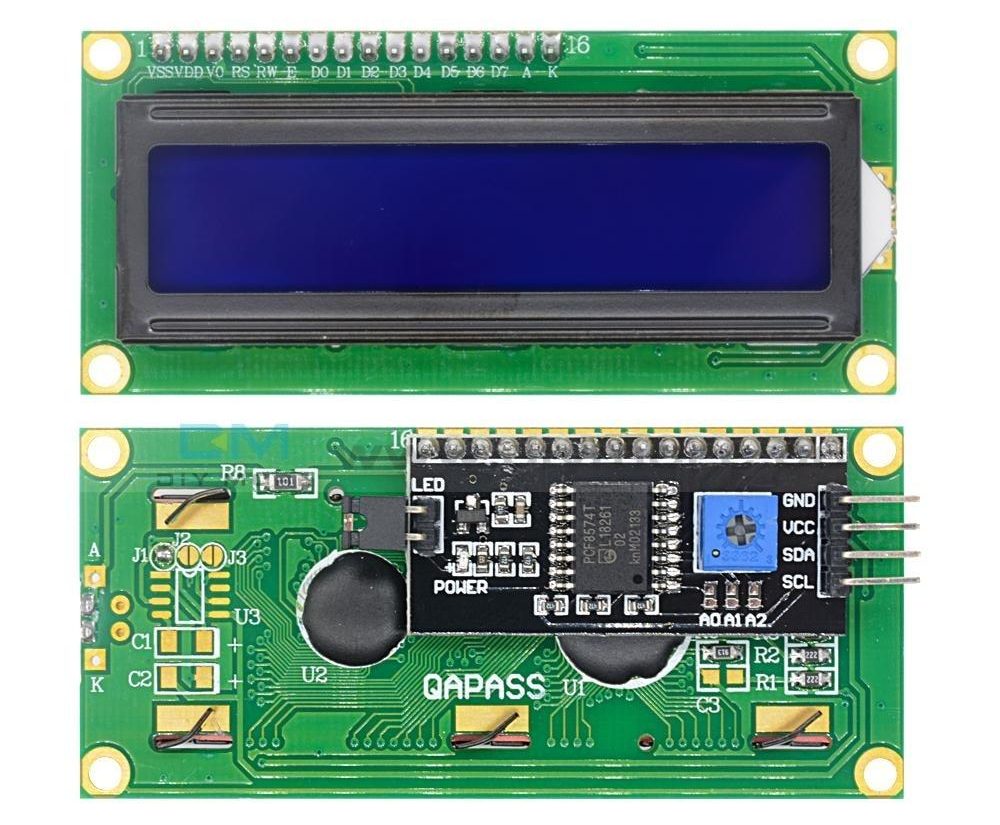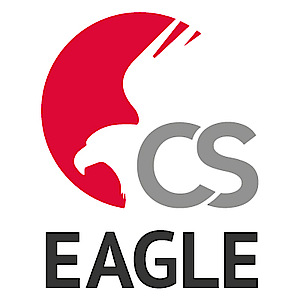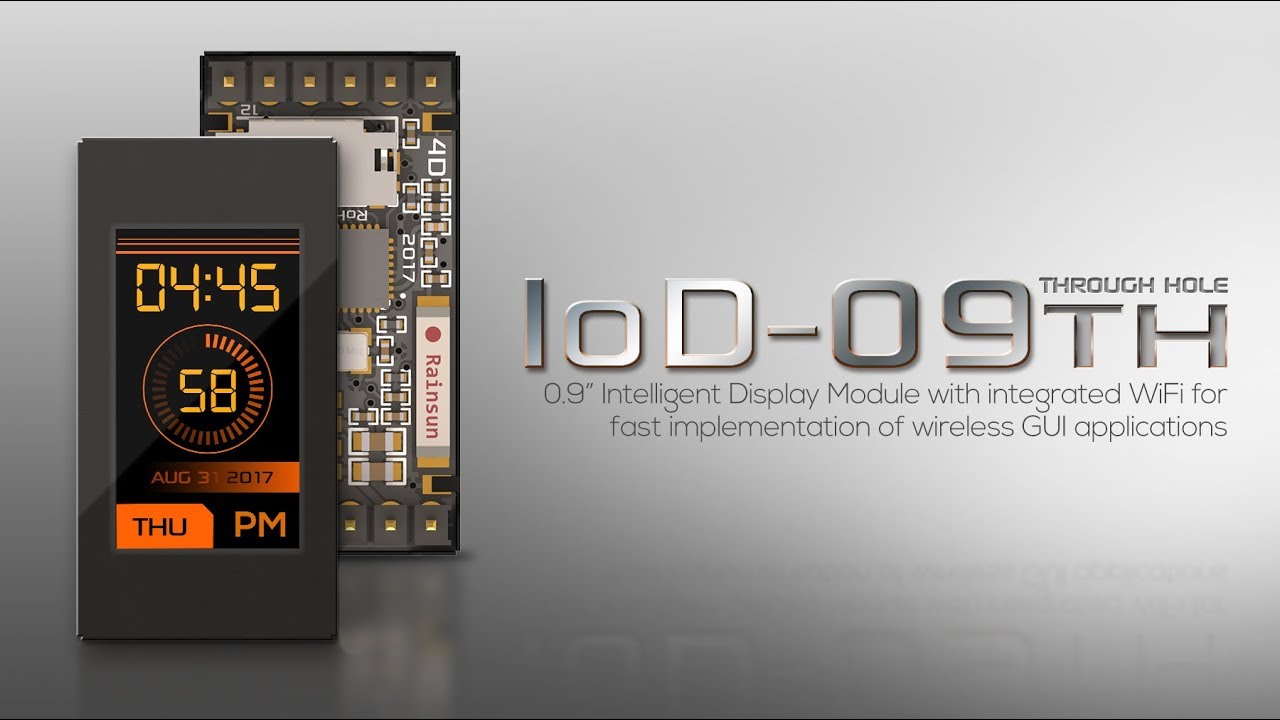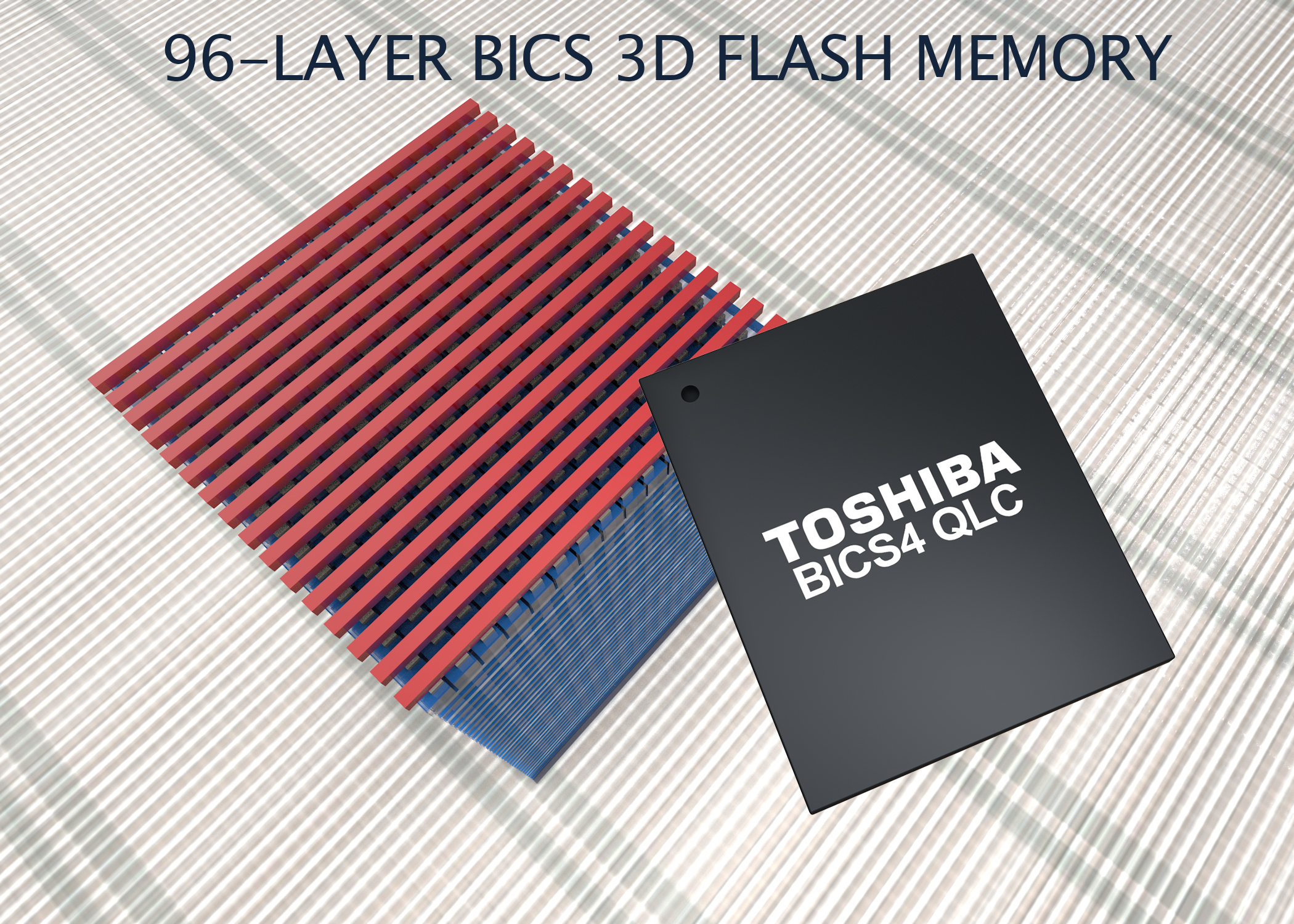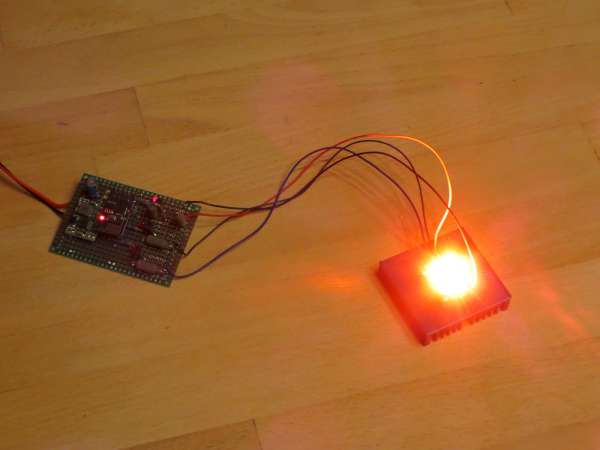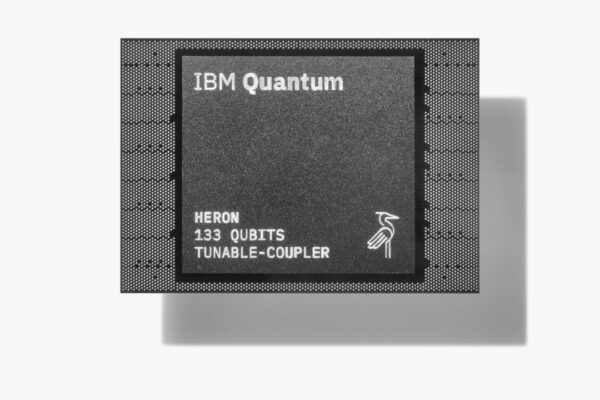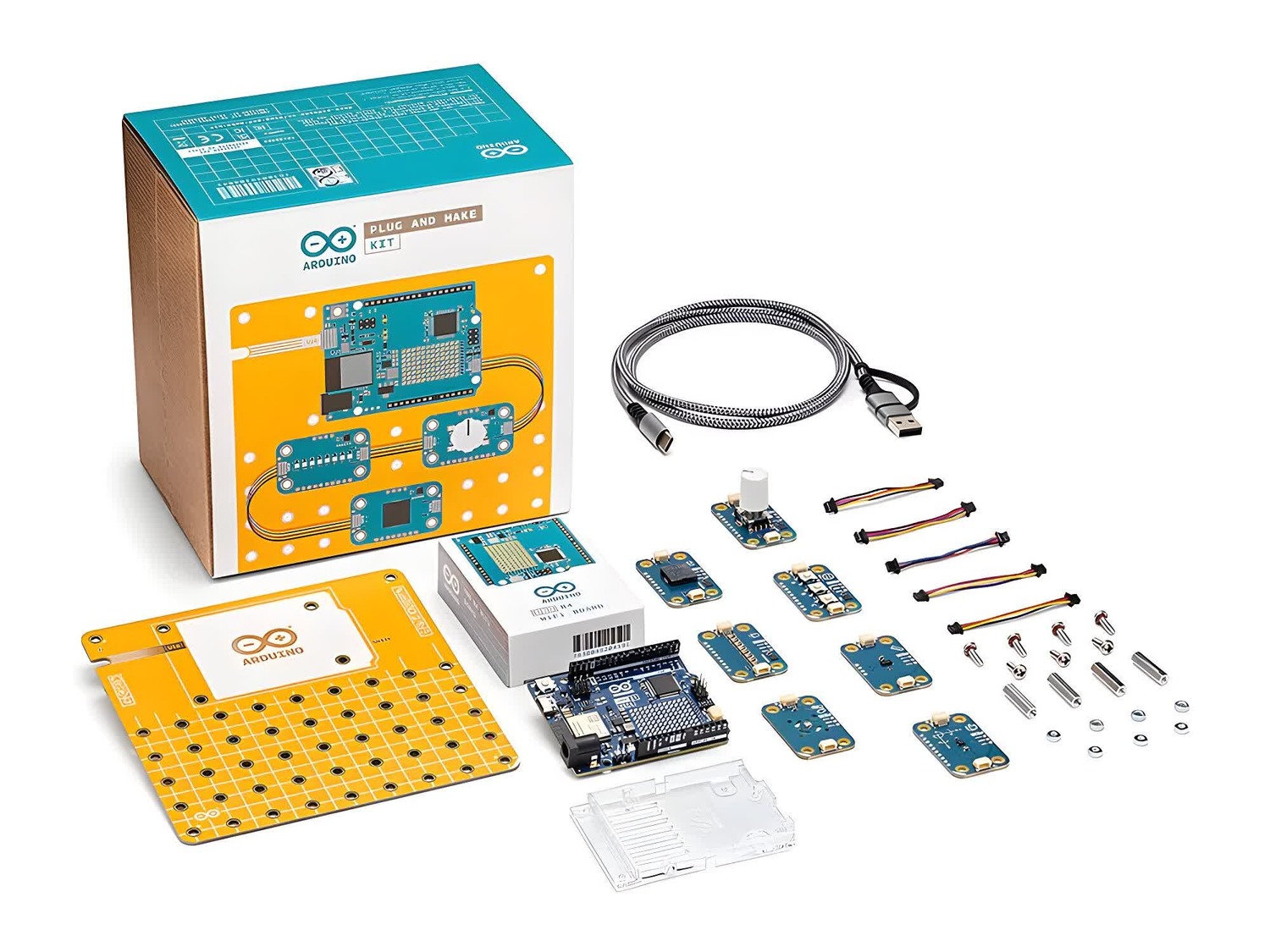
Arduino, a DIY electronics and microcontroller pioneer, has unveiled its latest offering: the Plug and Make Kit. Designed for beginners, this kit makes it easy to dive into the world of IoT (Internet of Things) without needing prior experience in electronics, soldering, or breadboarding.
What’s in the Plug and Make Kit?
The Plug and Make Kit is a comprehensive package to eliminate the complexities typically associated with electronics projects. Here’s what the kit includes:
- Arduino UNO R4 WiFi: The central microcontroller board, featuring a 32-bit processor and WiFi connectivity, serves as the brain of your IoT projects.
- Seven Modulino Nodes: These plug-and-play components include sensors and actuators that connect seamlessly to the UNO R4 via Qwiic cables.
- Modulino Knob: For precise value adjustments.
- Modulino Pixels: An array of eight LEDs capable of shining brightly, dimming down, or changing colors.
- Modulino Distance: A time-of-flight proximity sensor for accurate distance measurement.
- Modulino Movement: A sensor for capturing pitch, roll, or tilt movements.
- Modulino Buzzer: To create alarm sounds or simple tunes.
- Modulino Thermo: A sensor that measures both temperature and humidity.
- Modulino Buttons: Three buttons for easy project navigation.
- Modulino Base: A mounting platform for organizing and securing the various project components.
- USB-C Cable with USB-A Adapter: For powering the UNO R4 and uploading code.
- Qwiic Cables: To connect the Modulino nodes to the UNO R4 board.

The Plug and Make Kit doesn’t just provide hardware; it also offers a guided learning experience. The kit includes seven starter projects to help users get familiar with the components and build practical IoT devices. Some of the introductory projects include:
- A weather report system
- A game controller
- Smart lighting
Additionally, Arduino’s Cloud platform enhances the learning process by offering a visual sandbox for projects, a library of pre-configured projects, and a smartphone app for monitoring and controlling your IoT devices.
The Plug and Make Kit may seem similar to other products in the space, like Sphero’s littleBits, which popularized the ‘snap and build’ concept in 2014. However, Arduino’s journey to this point has been years in the making. As Arduino founder Massimo Banzi explains,
“Innovation takes time, and you have to wait for the right moment. We started building modular electronics with TinkerKit back in 2006, then moved forward with the EU Project PELARS in 2014, ESLOV in 2016, and now, Plug&Make in 2024.”
For those interested in electronics but unsure where to start, the Plug and Make Kit presents an accessible, user-friendly entry point. Whether you’re looking to create a food pantry inventory system or any other IoT project, this kit provides the tools and guidance needed to bring your ideas to life.





